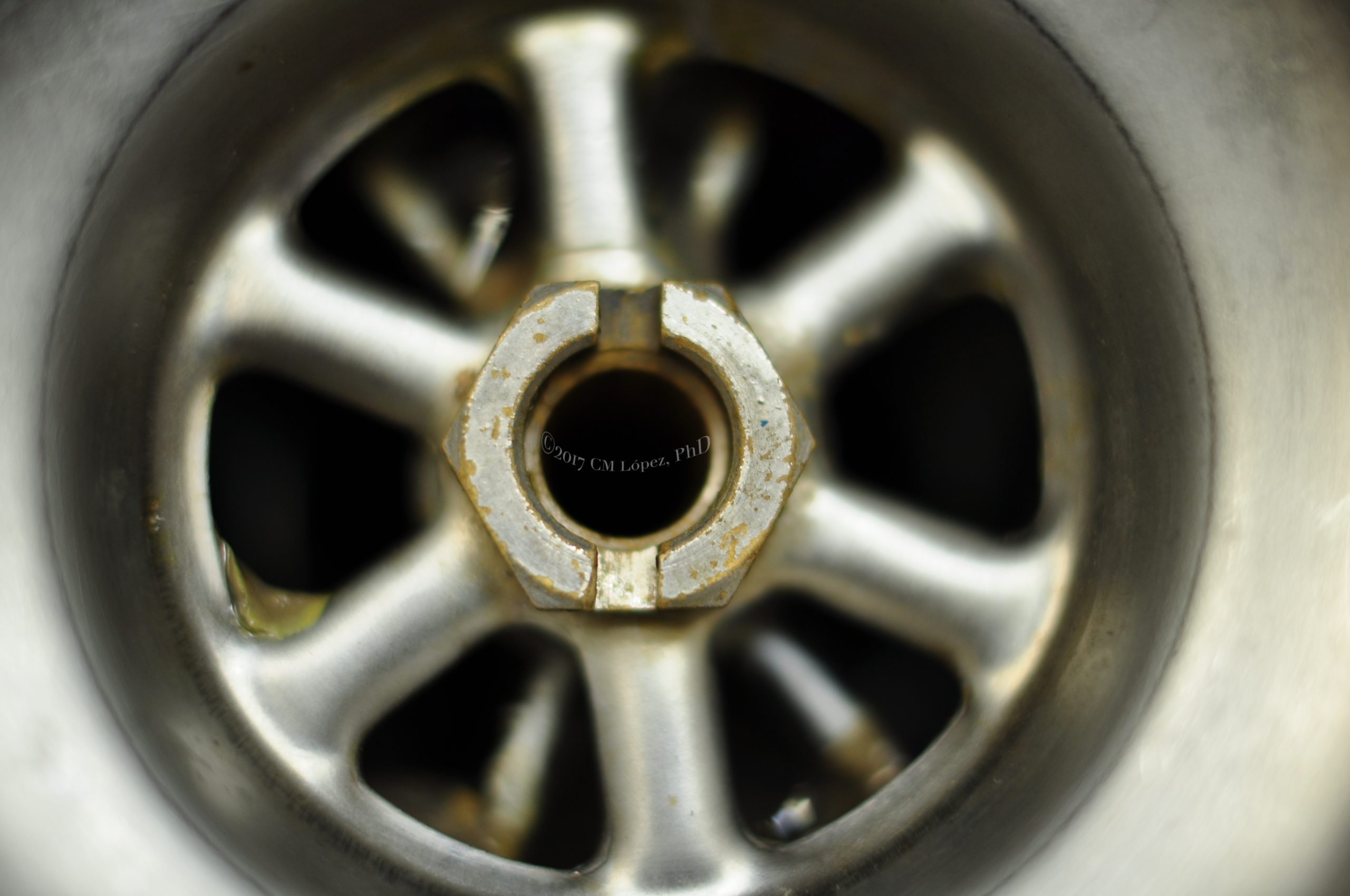
Life and sticky things that will gross you out

In this post:
This post was originally published in 2017 and originally titled “Writing and the kitchen sink” and let’s just say that I have learned a lot since then—about titles and about stuff that lives in the sink.
Last year I bought this thin, funny book called Unjournaling, written by Dawn DiPrince and Cheryl Miller Thurston. I am not going to review it now, just to give you an example of the type of practice that you can find in the book.
Unjournaling has daily writing exercises that claim to be “not introspective, not personal, not boring,” some of them are actually quite fun. Below is what I did in response to an exercise which asked to describe the yucky stuff in the sink drain without using certain words. That got me thinking about the life of those microscopic creatures that live in that stuff, that are that stuff, that live with us, thrive and die because of our lives. But, sometimes, one simply must clean the kitchen sink.
And without further ado here it is:
The sink’s drain is like a six-poke silvery wheel that, instead of wheeling vehicles around, guards the entrance to a secret world where only water and food particles are allowed to enter. The creatures that inhabit this gate like to stick together, they form their racially discriminating groups near each other and strictly keeping their boundaries; white, filmy masses at the edge of the wheel, grainy black masses on the inside. If the water runs abundantly and you don’t disturb them, the two co-inhabiting colonies swell. The white, filmy colony becomes a spiderweb that the spider forgot to form into threads, a parachute of white and beige, a canvas gate that gathers bread crumbs and soggy rice grains and slows the passage of the water. The dark colony expands its territory, but they just want to explore, to color, to live, they don’t care much about slowing the flow of water. They live in the same world, these two colonies of microscopic people; they are subjected to the same threats and the same needs but their lives are not the same. When the big sink brush and the dishwashing soap attack, some members of the colonies are washed away but the beige filmy thing holds on, they stick together even when the dark flowerets are helplessly washed away. When the Clorox comes, some despair, some become loose, water flows away with the outliers, but the founding members are stuck fast to the silvery wheel, they are not giving up their territory, even as the bleached bodies of the dark flowerettes are washed down the gate. But not all is lost, life is extremely resilient and the survivors rally, black, beige, white to rebuild the things that are lost. The drain universe is bountiful and the water full of food washes past, the colonies grow, their microscopic forest at the edge of the drain grows, they are grateful for the mercy of their microbial gods.
That is a deceitful calm. The next day drain cleaner is poured into them all, beige, black, white, green, they all feel the end of the world encroaching into the fragile coherence of their lives.
Update
This post was first published as “Writing and the Kitchen Sink” which is unarguably one of the most uninspiring titles with which I have ever come up. Anyway, I have learned since then that this gunky, living stuff is called a biofilm, and that it has the most fascinating properties.
Fun facts about biofilms
So what exactly are they? A Biofilm—much like a club, a cult, or a gym’s changing room—is an organized ecosystem within which many cells, usually of different species of bacteria, fungi, and algae interact through cell signaling and coordinated responses. In nature, microorganisms grow mainly as biofilms, which means that you can find them almost anywhere. They can form in many surfaces including inside the human body, in medical devices, on our teeth (as plaque) and on the side of trash cans, and, in breast implants. Breast implants, for goodness sake! (Always ask your doctor.) They are also tough, being resistant to cleaning and sterilization, and can cause health-acquired infections.
A biofilm provides a protected environment in harsh conditions and aids colonization by microorganisms. For example, in individuals with a medical condition known as cystic fibrosis, excess mucus production leads to the formation of biofilms in the small airways of the lungs. When I fist encounter this totally cool facts I also started feeling a new kind of respect—and fear—about gunky stuff around my house.
Biofilms also provide one of the most perfect examples of a circular economy, ever. Within it, different species of microorganisms establish metabolic collaborations in which the waste product of one organism becomes the nutrient for another. For example, aerobic microorganisms consume oxygen, creating anaerobic oxygen-depleted regions that promote the growth of anaerobes.
There are many other cool things to learn about biofilms, that gunky stuff that you can find almost everywhere, and I wholeheartedly encourage you to check out the textbook that I used as source by clicking on the link provided at the end of this page.
Did you like this post?
Then you will probably like:
Or
Reference and Resoures:
It’s a free ebook and their license states that “any user of this textbook or the textbook contents herein must provide proper attribution,” and so “download for free at https://openstax.org/details/books/microbiology.”
3. You should also check out this very informative and short presentation.
2. Unjournaling